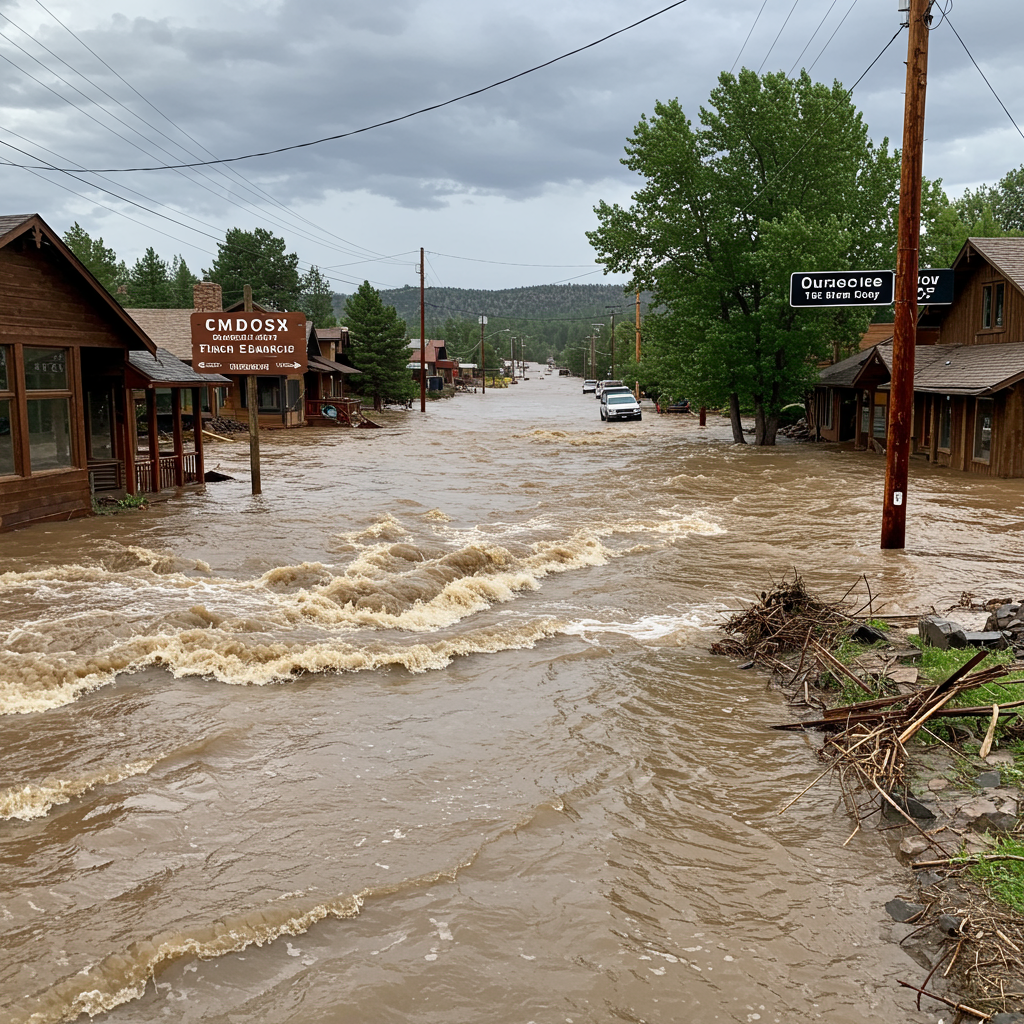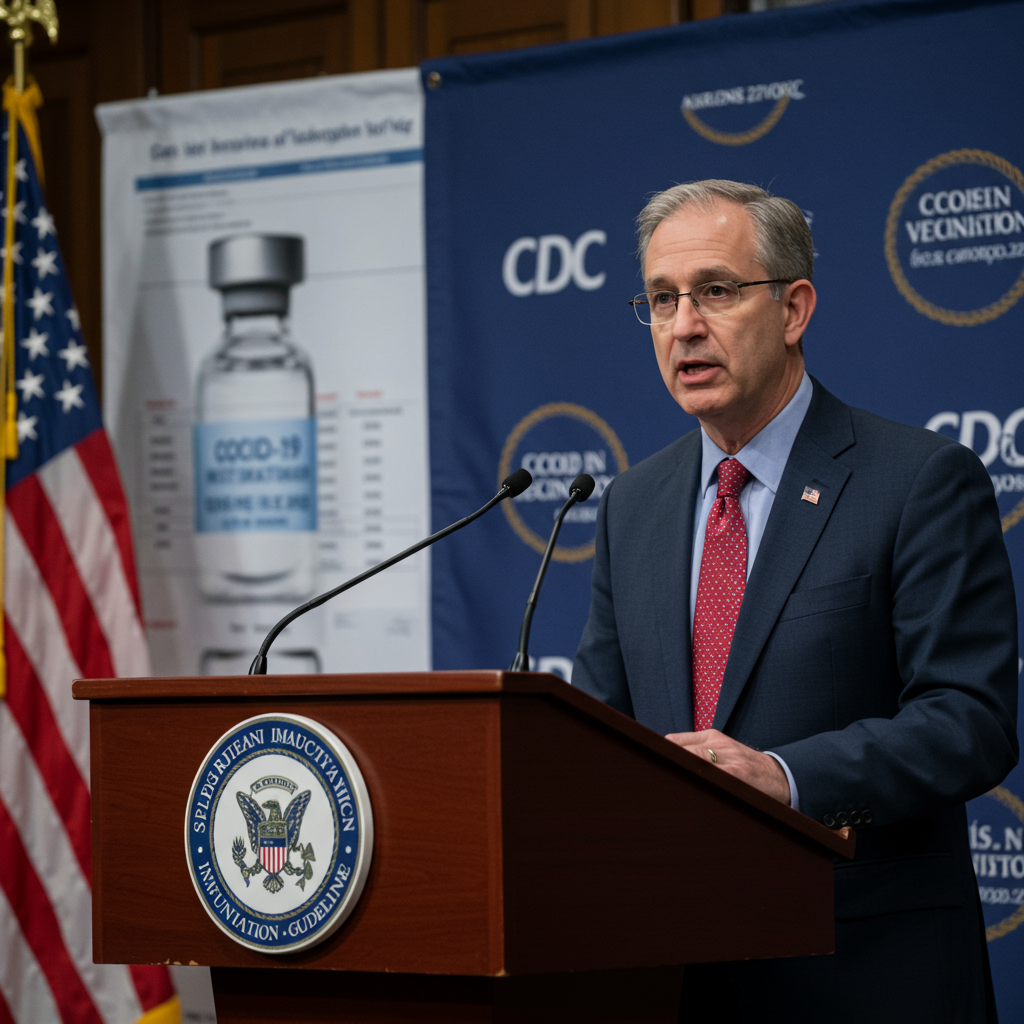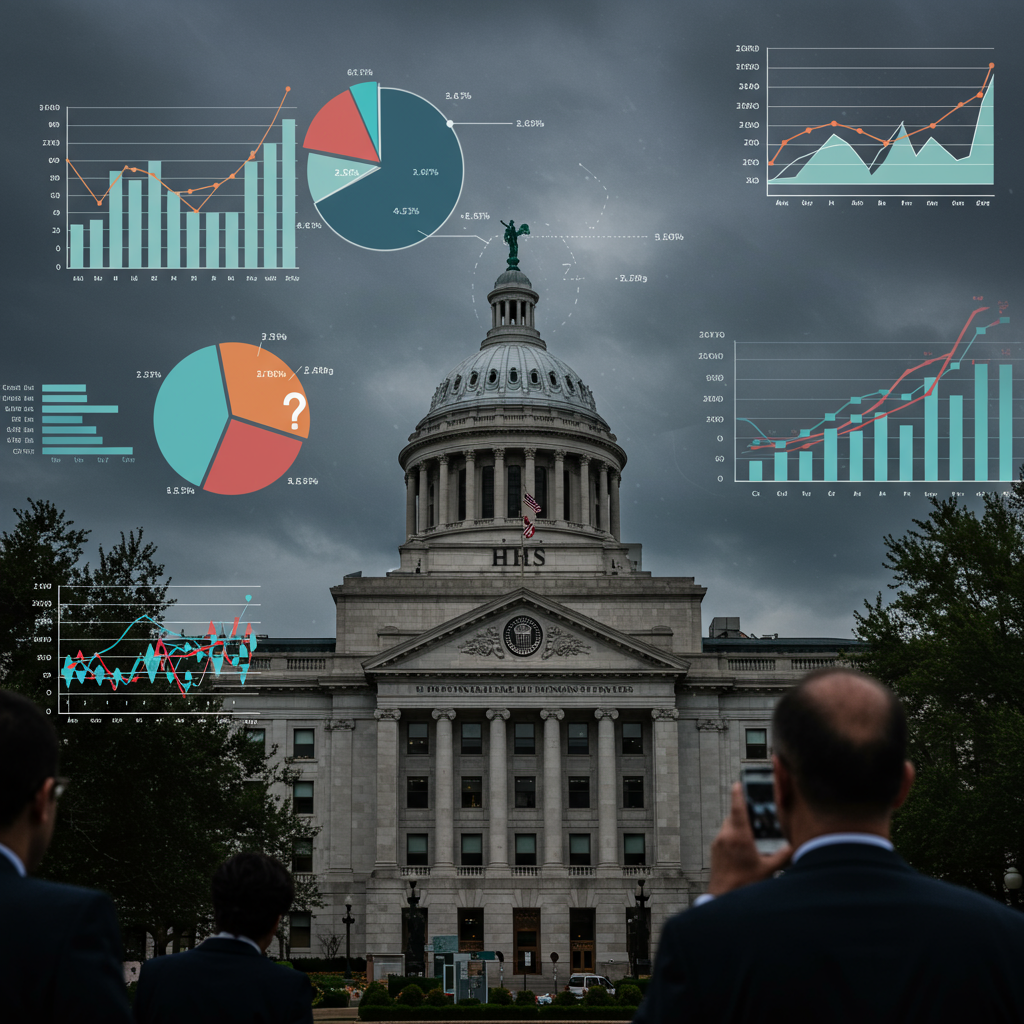iran’s Supreme Leader Ayatollah Ali Khamenei has made his first public appearance following the recent 12-day conflict with Israel. His emergence on Saturday, July 6, 2025, broadcast extensively by state television, marked a significant moment after a period of heightened regional tensions and speculation about his whereabouts. This public sighting occurred at a religious ceremony in Tehran and comes at a critical time as Iran navigates the aftermath of intense hostilities that also involved the United States. The conflict resulted in substantial casualties and confirmed damage to key Iranian nuclear facilities.
Supreme Leader Returns to Public View
State television footage on Saturday showed the 86-year-old Supreme Leader greeting worshippers at the Imam Khomeini Mosque in central Tehran. This appearance took place during a ceremony observed a day before the Shia festival of Ashura. The cameras captured Ayatollah Ali Khamenei waving and nodding to a chanting crowd that rose to its feet upon his arrival.
Iranian state media coverage heavily featured Khamenei’s return to public life, showing supporters expressing noticeable joy at seeing him on television. A notable moment highlighted in the broadcast was Khamenei encouraging senior cleric Mahmoud Karimi to sing “O Iran,” a patriotic anthem that gained significant popularity during the recent conflict with Israel. The mosque where the event occurred is named after the founder of the Islamic republic. State TV actively solicited public reactions, inviting people to send in videos sharing their responses to Khamenei’s reappearance. Stringent security measures were reportedly in place for the event.
The Context of the 12-Day Conflict
Khamenei’s public return follows a turbulent period defined by the 12-day conflict between Iran and Israel. This escalation originated from a long-standing shadow war but erupted into direct military confrontation. The hostilities began around June 13th with what was described as a surprise Israeli attack targeting Iranian nuclear and military sites.
Iran swiftly retaliated with aerial attacks targeting Israel. The conflict broadened considerably when the United States became involved on June 22nd. The US military launched strikes using 125 aircraft against three key Iranian nuclear facilities: Fordo, Natanz, and Isfahan. A ceasefire between Iran and Israel was reportedly in effect around June 24th or June 26th.
Casualties and Damage Confirmed
The short but intense war exacted a heavy human toll on both sides. According to Iran’s judiciary, over 900 people were killed and thousands injured in Iran due to the Israeli bombing campaign. Iran’s retaliatory missile attacks targeting Israeli cities resulted in at least 28 deaths in Israel, according to official Israeli figures.
Beyond the human cost, the conflict caused significant physical damage. Iran has officially confirmed serious damage to its nuclear facilities following the attacks. The CIA director also stated that Iran’s nuclear sites were “severely damaged.” While initial claims by figures like former US President Donald Trump suggested Iran’s nuclear capability had been “obliterated,” subsequent assessments from the International Atomic Energy Agency (IAEA) and US intelligence agencies contradicted this.
Assessing the Impact on Iran’s Nuclear Program
IAEA Director-General Rafael Grossi stated that while the strikes caused severe damage to the three sites, the impact was “not total.” He explicitly refuted claims that Iran’s nuclear program had disappeared. Grossi warned that Iran retains the industrial and technological capacity to produce enriched uranium relatively quickly. He estimated that Iran could potentially restart enrichment with “a few cascades of centrifuges spinning” in “a matter of months, or less.” This assessment was corroborated by a preliminary US intelligence assessment, which indicated the bombings only set back Iran’s nuclear program by a matter of months, with potential for restart in as little as one to two months. Israel stated its reason for initiating the war was its fear that Iran was seeking to develop atomic weapons, an ambition Tehran consistently denies.
Speculation During Public Absence
During the 12-day duration of intense fighting, Supreme Leader Ayatollah Ali Khamenei remained out of public sight. This absence fueled widespread speculation regarding his safety and whereabouts, including unconfirmed reports circulating that he might have been hiding in a bunker for security reasons. His only communications during this volatile period were limited to three pre-recorded video messages that were subsequently aired on state television. His last actual public sighting before Saturday’s appearance was reportedly two days before the initial Israeli airstrikes commenced on June 13th. His return to public life is seen by some analysts as a strategic move designed to project an image of stability, resilience, and continued leadership following the significant military confrontation.
Post-Conflict Developments and Tensions
The Supreme Leader’s reappearance occurs amidst several other critical developments unfolding in Iran. Just days before his public return, specifically on Wednesday relative to the article’s publication date, Iranian President Masoud Pezeshkian signed a law that formally suspends cooperation with the International Atomic Energy Agency (IAEA). This legislative action followed a vote in the Iranian parliament supporting the measure and represents a significant step further restricting international inspectors’ ability to monitor Iran’s nuclear activities.
Compounding the sense of tension, on the very day of Khamenei’s public appearance, NetBlocks, a global internet monitor, reported experiencing a “major disruption to internet connectivity” across various parts of Iran. This report aligned with widespread user complaints about difficulty accessing the internet, occurring weeks after authorities had previously implemented telecommunications shutdowns during the peak of the war. NetBlocks later confirmed that internet access was restored after approximately two hours.
High-Stakes Rhetoric and Diplomacy
The recent conflict was also marked by sharp and public exchanges between the leadership of Iran and the United States. In pre-recorded remarks aired on June 26th, Ayatollah Ali Khamenei unequivocally asserted that Iran would not surrender to Israel, despite public calls for surrender from US President Donald Trump. Khamenei also claimed that Iran had delivered a “slap to America’s face” by successfully striking a US air base located in Qatar.
President Trump publicly countered these claims, suggesting that Iran had been severely defeated, using phrases like “got beat to hell,” and directly telling Khamenei via social media to “tell the truth.” Earlier in the conflict, Trump had sent warnings to Khamenei through social media, indicating that while the US was aware of his precise location, there were no immediate plans to target him personally, stating, “at least for now.” Significant uncertainty persists regarding Iran’s willingness to resume nuclear negotiations with the United States, particularly after reportedly rejecting a recent offer from President Trump to immediately restart diplomatic talks.
Significance of Ashura and Muharram Timing
The timing of Ayatollah Ali Khamenei’s first public appearance was strategically important, coinciding with the deeply significant Shia Muslim observance of the month of Muharram. Muharram is traditionally a period of intense mourning for the martyrdom of Imam Hussein. The specific ceremony Khamenei attended on Saturday was held on the eve of Ashura, which falls on the 10th day of Muharram (July 6th this year).
Ashura commemorates the 7th-century martyrdom of Imam Hussein, who was the grandson of Prophet Muhammad. This historical event holds immense significance in Shiite Islam and is widely considered a foundational moment contributing to the major schism that developed between Shiite and Sunni Muslims. In predominantly Shia Muslim Iran, Muharram observances are deeply ingrained cultural and religious events. These ceremonies often involve symbolic acts such as displaying red flags (representing Hussein’s blood), wearing black clothing (for mourning), and engaging in processions that feature ritualistic chest-beating and, in some instances, self-flagellation to demonstrate fervent devotion and grief. Water was reportedly sprayed over attendees at the Tehran ceremony due to the intense heat. The supreme leader traditionally participates in these annual observances, making Khamenei’s presence during this particular Ashura period, immediately following a major conflict, especially noteworthy.
Remaining Uncertainties
Despite the return of the Supreme Leader to public view, numerous questions about the full consequences of the recent conflict persist. The complete extent of the damage sustained by Iran’s various nuclear facilities remains unclear, contributing to ongoing international concern. It is also uncertain whether any significant quantities of highly enriched uranium or critical centrifuges were relocated to safer locations before the wave of attacks occurred.
The future trajectory of international inspections and the possibility of resuming constructive dialogue with the IAEA are highly uncertain following Iran’s formal suspension of cooperation. While Iranian Minister of Foreign Affairs Abbas Araghchi stated on Thursday (relative to the article’s publication) that the country remains committed to the Treaty on the Non-Proliferation of Nuclear Weapons (NPT) and dismissed speculation about potentially withdrawing from this international accord, the lack of access for inspectors raises serious monitoring challenges. These unresolved factors contribute significantly to the ongoing regional instability and global apprehension surrounding the capabilities and intentions of Iran’s nuclear program in the wake of the recent hostilities.
Frequently Asked Questions
Why is Iran Supreme Leader Ayatollah Khamenei’s first public appearance since the conflict significant?
His appearance on July 6th is highly significant as it ends a period of public absence during the 12-day war with Israel and the US, which fueled speculation he might have been hiding in a bunker. His presence at a major religious ceremony in Tehran, widely broadcast by state media and showcasing supporter joy, is interpreted as a move to demonstrate stability, resilience, and continued leadership after intense hostilities and amidst uncertainties about Iran’s status and nuclear program resilience following confirmed damage to facilities and severed ties with nuclear inspectors.
What were the key events of the recent 12-day conflict involving Iran, Israel, and the US?
The conflict escalated from a shadow war around June 13th with surprise Israeli strikes on Iranian military and nuclear sites. Iran retaliated with missile attacks on Israel. The United States joined on June 22nd, targeting three key Iranian nuclear facilities (Fordo, Natanz, Isfahan) with aircraft. The war resulted in significant casualties, with over 900 deaths reported in Iran and 28 in Israel. A ceasefire was reportedly enacted around June 24th-26th.
How did the conflict impact Iran’s nuclear facilities and international monitoring?
Iran confirmed serious damage to its nuclear sites following the attacks. Assessments from the IAEA and US intelligence indicate the damage was severe but likely a setback of months, not years, contradicting claims of total destruction. Critically, Iran has since suspended cooperation with the IAEA on July 3rd, denying inspectors access and significantly hindering international monitoring of its nuclear program, which was enriching uranium near weapons-grade levels before the conflict. This raises global concern about verifying Iran’s activities.
Conclusion
Ayatollah Ali Khamenei’s return to the public sphere marks the formal end of a low-profile period following the direct military confrontation that gripped the region. His appearance, carefully orchestrated during a significant religious observance and heavily promoted by state media, serves as a powerful message aimed at projecting strength and continuity in leadership. However, this show of resilience unfolds against a backdrop of confirmed damage to critical nuclear infrastructure, the cessation of international inspection access, and ongoing uncertainties about the nation’s nuclear trajectory and future diplomatic engagements. The coming weeks and months will be crucial in revealing the true long-term impact of the recent conflict on Iran’s capabilities and its relationship with the international community.



